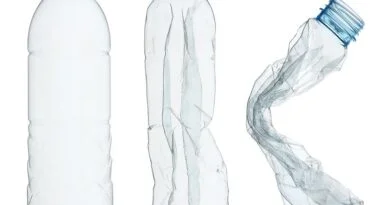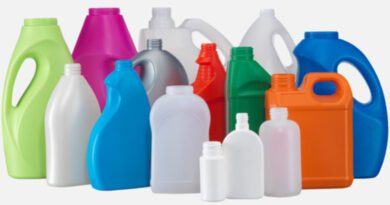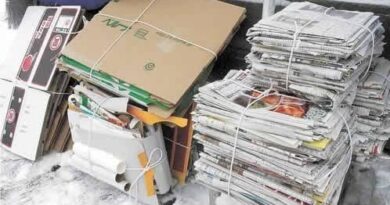Glass Recycling Process Complete Guide
How is glass recycled? Recycling glass starts in your home. There is a reason why many local types of council provide different containers for green, brown, plain glass and even glass from broken windows.
The reason is that they are all made very differently and mixing them can create huge problems at the recycling center.
1. Collection
Many cities have collection spots. Trucks may also pick them up from your home, or you may be required to drop them off at a point in your town.
Read Also : The Different Systems of Waste Reduction
In all cases, try to do what the authorities have suggested. So, be sure you know the various glass types that are collected from your home. Always wash and separate them into the required grades for collection.
2. Cleaning and Crushing
The glass is transported to the processing plant where contaminants such as metal caps and plastic sleeves are removed.
Different grades are treated separately. Clean glass is then crushed into small pieces called cullet.
Cullet is in high demand from glass manufacturers. It melts at a lower temperature and it is cheaper than raw glass materials.
3. Ready for Use
The cullet is then transported to glass-making factories. Here, it is mixed with sand, soda ash and limestone. It is heated at very high temperature and melted into liquid glass. This liquid is then poured into moulds that give glass its shape.

Glass is used for many things depending on what grade they were recycled from. A few items made of recycled glass include fibre-glass, countertops, bottles and jars.
In conclusion, waste recycling involves all processes applied to preserve waste materials and put it into further use.
Successful recycling of waste starts with separation of the waste at point of generation which ensures the quality of the waste product as a potential raw material for future processing into new desirous products.
Read Also : Strategies for Carrying out Waste Recycling
Waste reuse goes further to describe the continued use of a product by another user when the initial owner or user had done with the said materials and discarded them.
Product quality, re-use and or recycling potential are some of the major considerations to be taken to minimize waste. Waste recycling and reuse has great economic advantages aside from its environmental friendly and sustainability considerations.




